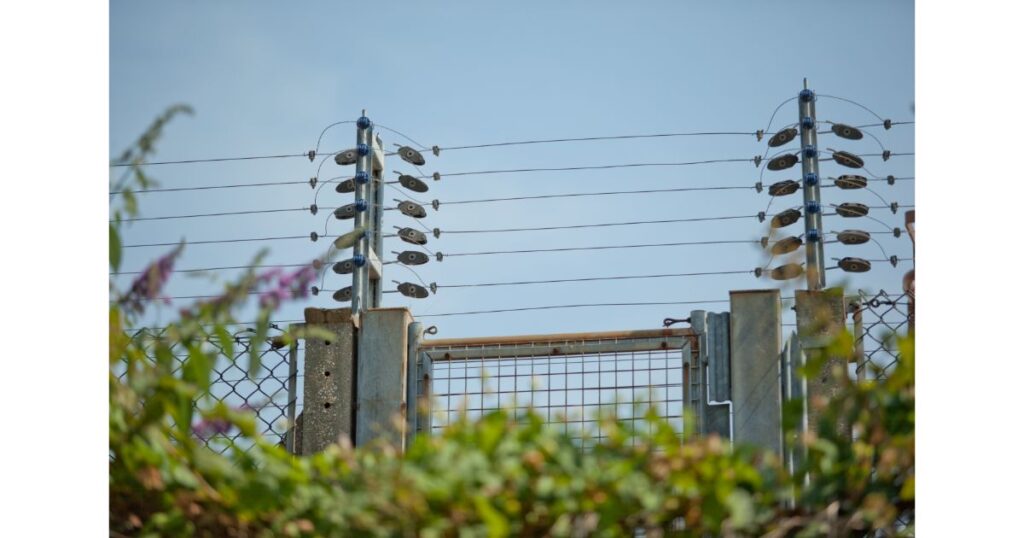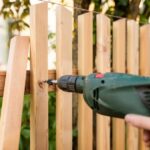How to Find a Break in Electric Dog Fence. This problem is often faced by dog owners. As Electric Fence, use is increasing due to safety, durability, and effectiveness. Electric dog fences have become popular solutions for pet owners who want to keep their dogs safe and within designated areas.
However, even the most reliable electric dog fences can experience breaks or malfunctions. These fences provide an invisible boundary, ensuring that your furry friend stays secure in your yard. They are also durable and effective for large and aggressive breeds.
In this article, we will explore the importance of a functional dog fence, explain how to recognize signs of a break and guide you through the process of finding and repairing it. Hopefully, you will be able how to find a Break in an Electric Dog Fence.
In this article, we will discuss
So let’s start!
1. Signs of a Break in an Electric Dog Fence
Table of Contents
ToggleIt’s essential to be vigilant and recognize signs of a break in your electric dog fence to ensure your pet’s safety. Some common indicators include irregular behavior in your dog, such as attempting to escape the boundaries or acting anxiously when approaching the fence.
Another sign of a break is a loss of signal on the transmitter, which may cause the fence to stop working correctly. Frequent false alarms from the electric fence system could indicate a potential issue that requires investigation.
2. Preparations for Finding the Break
Before embarking on the search for the break, it is crucial to turn off the electric fence system to avoid any potential electrical hazards. Gather the tools, including a fence tester, shovel, wire splicer, and other equipment that may be required for the repair process. Adequate preparation ensures a smooth and safe troubleshooting experience.
How to Find a Break in Electric Dog Fence
3. Visual Inspection of the Fence
To begin locating the break, start by walking the entire fence line. Inspect the perimeter thoroughly, looking for any visible damage or disturbances that may indicate a break. Pay close attention to the wire and its connections, as physical damage or loose wires can be clear signs of an issue.
4. Using a Fence Tester
A fence tester is a valuable tool for finding a break in an electric dog fence. Understanding how this tool works is essential for effective troubleshooting. Follow a step-by-step testing process to identify areas where the circuit may be interrupted. Once you have tested the fence, interpret the results provided by the fence tester to narrow down the location of the break.
5. Digging for the Break
After identifying the general area of the break, you may need to dig to uncover the damaged wire. Exercise caution during this process to avoid causing further damage to the fence or injuring yourself. Use digging techniques to access the wire safely without disrupting the au rrp surrounding area.
6. Repairing the Break
Once the break has been located, isolate the broken wire to prevent any electrical hazards. Carefully splice the broken wire back together using a wire splicer, ensuring a secure connection. Proper repair is crucial to maintain the integrity and functionality of the electric dog fence.
7. Testing the Repaired Fence
After completing the repair, activate the electric fence system to test its functionality. Use the fence tester again to verify that the repaired section is carrying a consistent electrical signal. This ensures that the fence is fully operational, and the break has been successfully fixed.
8. Preventative Measures
To minimize the occurrence of breaks in the future, adopt an approach by implementing regular maintenance of the electric dog fence. Inspect the fence periodically for signs of wear and tear, and protect it from environmental factors that could cause damage, such as harsh weather conditions or lawn equipment.
Conclusion
Finding and repairing a break in an electric dog fence is crucial for ensuring your pet’s safety and security within your property. By familiarizing yourself with the signs of a break and following a step-by-step approach to locate and fix the issue, you can maintain a functional and effective electric fence system.
Remember, regular maintenance and inspections are essential for preventing breaks from occurring. By staying proactive to your dog fence, you can provide your furry companion with the freedom to roam safely within their designated area.
If you find any difficulty in locating or repairing a break in your electric dog fence, seek professional help. An experienced technician can efficiently troubleshoot and fix the issue rrp au, giving you peace of mind and ensuring your dog’s well-being.

FAQs (Frequently Asked Questions)
-
How often should I check my electric dog fence for breaks?
- It is advisable to inspect your electric dog fence at least once a month to identify any potential breaks or damage.
-
Can I repair the break without professional help?
- If you are comfortable working with electrical systems and have the tools, you can attempt to repair the break yourself. However, if you are unsure, it’s best to seek professional assistance.
-
What if I can’t locate the break after testing?
- If you can’t locate the break after testing, it’s essential to retrace your steps and ensure you haven’t missed problem areas. If you still cannot find the break, consider seeking professional help.
-
Are there any warning signs before a break occurs?
- Yes, there might be signs of a potential break, such as erratic behavior from your dog or false alarms on the electric fence system.
-
Can a break cause harm to my dog?
- A break in the electric dog fence can lead to your dog wandering into unsafe areas, posing potential risks to their safety.








